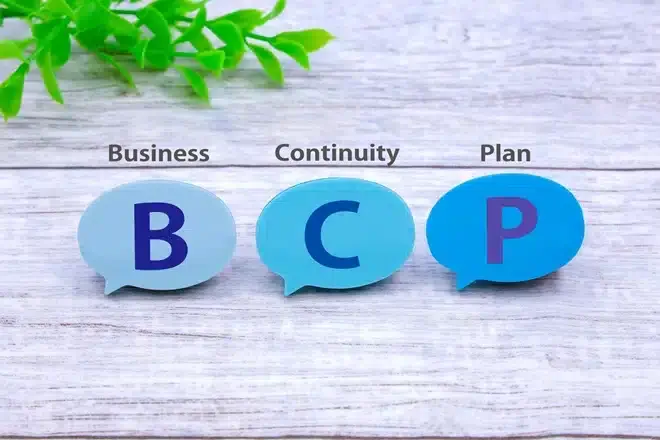Why ICO Procedures and the Involvement of Lawyers are Necessary

An Initial Coin Offering (ICO) is a method of raising funds for new business ventures and the like by issuing virtual assets, also known as tokens. This fundraising method follows a process similar to an Initial Public Offering (IPO). However, it is needless to say that it is difficult to realize without collaboration with IT engineers and other technicians, as it utilizes IT technology in the form of virtual assets. Additionally, creating buzz and publicity online is crucial, making it equally important to utilize creative talents such as web designers and writers to establish appealing media outlets.
Of course, in Japan, where the legal framework surrounding ICOs and virtual assets is still immature, lawyers will also play a crucial role in preparing for unforeseen troubles and dispute risks.
The need for IT creative talents such as engineers, designers, and writers, and legal experts like lawyers to work in sync on a project is, in a sense, a symbol of the excitement and challenges of an ICO fundraising project. The two groups come from different industries, and therefore, their approach and work styles may seem incompatible with each other.
In this article, we will organize the steps that companies should take when conducting an ICO, and consider the significance of IT creators and lawyers working together, as well as what they should be aware of when collaborating.
General Progression Process of IT Projects

In IT projects like ICOs, a large number of talents and organizations are involved.
Have you ever heard of terms like “upstream process” and “downstream process”? The way these projects are carried out is somewhat controversial in modern times. However, these terms best succinctly represent the approach and thinking of today’s IT professionals. These are words related to the classical concept of managing project progression, known as the waterfall model. In other words, it expresses the idea that the progression of all tasks should be continuous, like water flowing down from the upstream to the downstream of a river, without any backtracking or interruptions.
This concept is not limited to ICOs, but is a culture widely shared among IT creative talents in general. Even without taking advanced technologies like ICOs as an example, in the development of a very common IT system, the flow of starting with discussions related to the overall concept (i.e., the upstream process), such as strategy, planning, and design, and moving on to the detailed work (i.e., the downstream process), such as programming implementation and testing, is almost a standard practice.
The idea of starting with a conception of the overall picture and moving on to the detailed work while paying attention to the consistency with the whole is, in a sense, a universal pattern that underlies all manufacturing, not just IT creators. The structure of people such as strategists, planners, consultants mainly involved in project management (PM), and engineers skilled in implementation technology working together to advance manufacturing can also be seen in the construction industry (so-called general contractors). However, in historical order, it should be seen that the “etiquette” of IT work itself was originally refined based on the analogy of the construction site.
No matter what the subject matter is, all manufacturing is probably based on the accumulation and stacking of small parts. Given that a single project is made possible by the labor (so-called “man-hours”) and the power of many people, it can be said that a high level of “meticulousness” is required at the stage of conceiving and planning the overall picture of the project in order to prevent unforeseen troubles, accidents, or incidents.
ICO Progress Process
Based on the understanding mentioned above, what kind of “process” does a project generally go through in an ICO? The tasks are shown below.
ICO Planning and Overall Concept
First, we construct an overall scheme, such as whether to make the token a “crypto assets” that assumes circulation in the market, or to make it like electronic money with a pre-determined exchange rate.
Implementation of Contents
We implement the contents such as token issuance, publicity media, and white papers.
ICO Announcement
We make the existence of the ICO known externally and solicit investments.
Setting of Offers
While taking into account the general contents written in the white paper, if negotiations are conducted with individual investors, further detailed discussions about the conditions are necessary.
Implementation of Presale
Before the crowd sale and token sale mentioned later, tokens that offer benefits not available to general investors may be issued, or tokens may be sold at a lower price for investors who will invest in advance.
Implementation of Crowd Sale
We sell tokens to a large number of general investors.
Various IR Activities After ICO Implementation
We conduct IR activities for stakeholders involved in a series of fundraising activities. The content will change depending on what should be included based on the legal nature of the token.
Why is it Necessary for Lawyers to Participate in ICOs?

ICOs, being IT-based projects, typically involve a large number of individuals and organizations. Furthermore, as these projects are related to corporate fundraising, they often involve substantial financial transactions. With a large number of personnel and stakeholders involved, and significant amounts of money in motion, it is inevitable that these large-scale projects are always at risk of unexpected disputes. There can be various causes for these disputes, for example, issues of ‘defect warranty liability’ may arise if a ‘defect’ is discovered.
https://monolith.law/corporate/defect-warranty-liability[ja]
In addition, the fact that these large-scale projects are ICOs brings with it unique legal issues related to ICOs. In Japan, the legal framework for ICOs is not fully developed, and several existing laws are layered to regulate ICOs. Because of this situation, there is a need for individuals with advanced legal literacy who can distinguish between legal and illegal activities. The state of legal regulation of ICOs in Japan is explained in detail in another article.
https://monolith.law/blockchain/ico-regulation[ja]
General Discussion on the Work Style of Lawyers and the Prospects Beyond
Let’s take a moment to shift our discussion and consider the nature of legal practice. One of the defining personalityistics of a lawyer is their high level of expertise, backed by professional qualifications. The existence of exclusive tasks, such as acting as a representative in someone else’s lawsuit, which are only granted to those with a lawyer’s qualification, presupposes a large degree of discretion and activity as a professional.
Compared to various IT-related ‘manufacturing’ projects, another personalityistic of lawyers is their tendency to work in a ‘one-man operation’ style. As symbolized by phrases such as ‘litigation’ and ‘lawyer matter’, lawyers are often seen as ‘downstream specialists’, who demonstrate their abilities in very specific irregular situations, such as conflict scenarios.
However, the history of legal practice is not Monolithic. For example, corporate M&As have changed over time and are now widely recognized as part of the realm of corporate legal affairs and the professional domain of lawyers. The comprehensive role that lawyers should play in the planning and execution of company-wide strategies is by no means small. In this sense, it is expected that the necessity of lawyers in ICOs will also be widely recognized in the future.
Category: General Corporate
Tag: General CorporateIPO





















